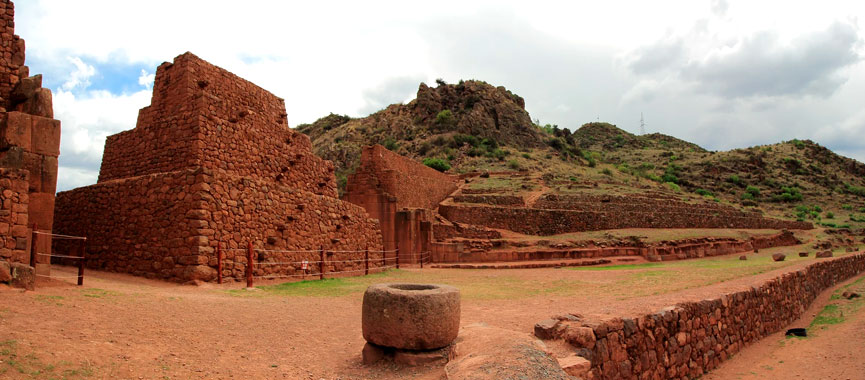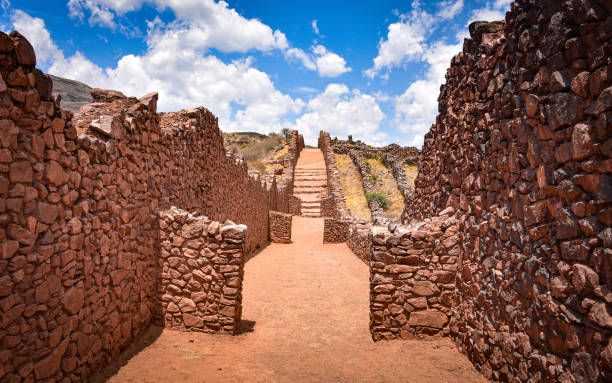
Pikillaqta

Pikillaqta is a pre-Inca archaeological site located about 30 kilometers southeast of Cusco, Peru, in the Lucre Basin. Unlike most sites in the region, Pikillaqta was built by the Wari civilization, which predated the Inca Empire by several centuries. Its name means "flea town" in Quechua, though the origin of this name remains unclear. The site features a highly organized layout with long, straight streets, rectangular buildings, and high stone walls, reflecting the Wari's advanced urban planning skills. Pikillaqta once served as a major administrative, military, and ceremonial center during the height of the Wari civilization between 550 and 1100 AD.
Covering more than 300 hectares, Pikillaqta is one of the largest archaeological complexes in the Cusco region. Its impressive network of more than 700 structures includes multi-story buildings, storage rooms, plazas, and irrigation canals. Despite being unfinished at the time of the Wari decline, the site demonstrates a sophisticated approach to architecture and city planning. Surrounded by mountains and overlooking the Huacarpay Lagoon, Pikillaqta also offers spectacular views and insight into the civilizations that laid the foundation for the later rise of the Inca Empire.
Logistics:
Pikillaqta is located about 30 kilometers (19 miles) southeast of Cusco, and while most visitors arrive by car or bus, it is also possible to reach the site on foot for those seeking a more adventurous experience. A common trekking route begins from the town of Tipón, following a scenic path that passes through rural landscapes, ancient canals, and small Andean villages. The trek from Tipón to Pikillaqta covers approximately 8 to 10 kilometers (5 to 6 miles) and takes about 3 to 4 hours, depending on your pace and acclimatization.
The trail is moderately challenging due to high altitude (around 3,200 meters / 10,500 feet), but it offers beautiful panoramic views and a deeper connection to the historical route used by ancient civilizations.


